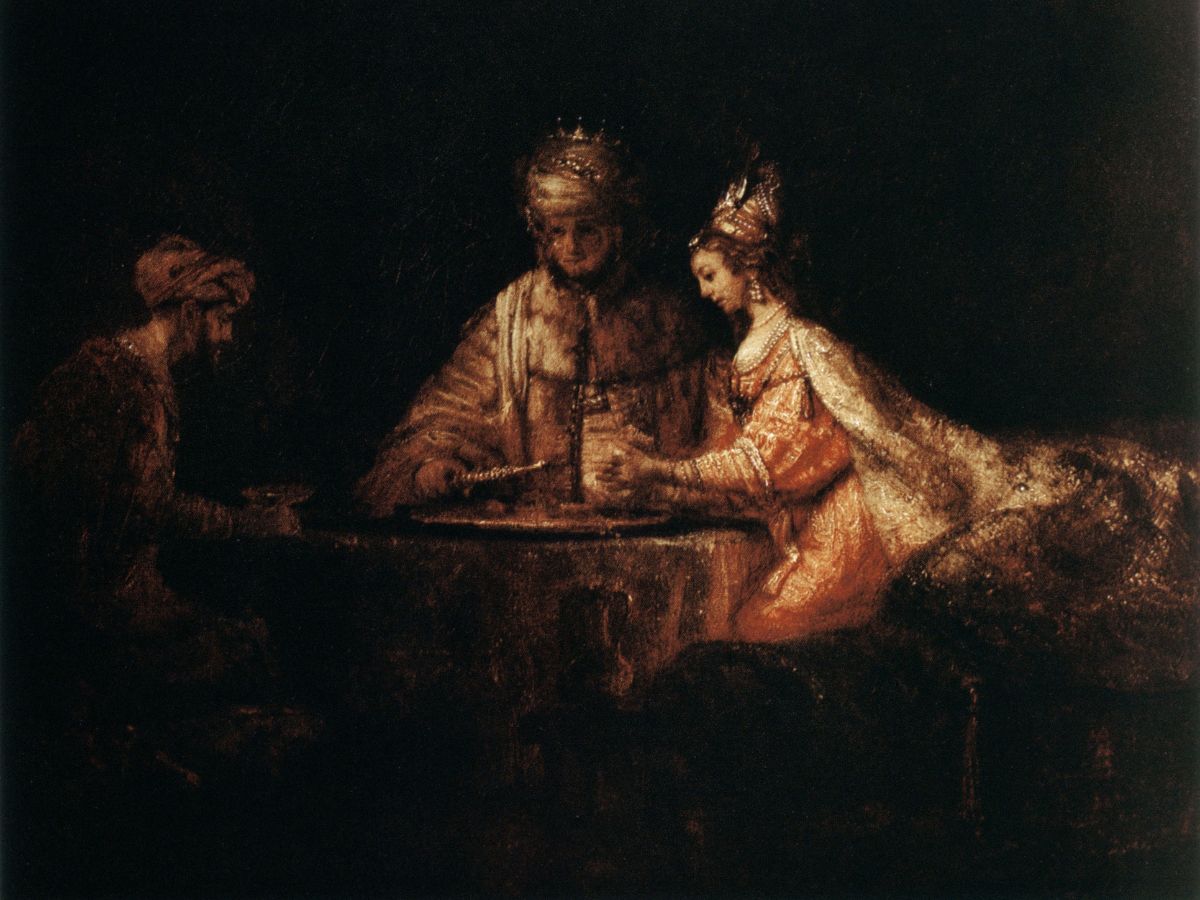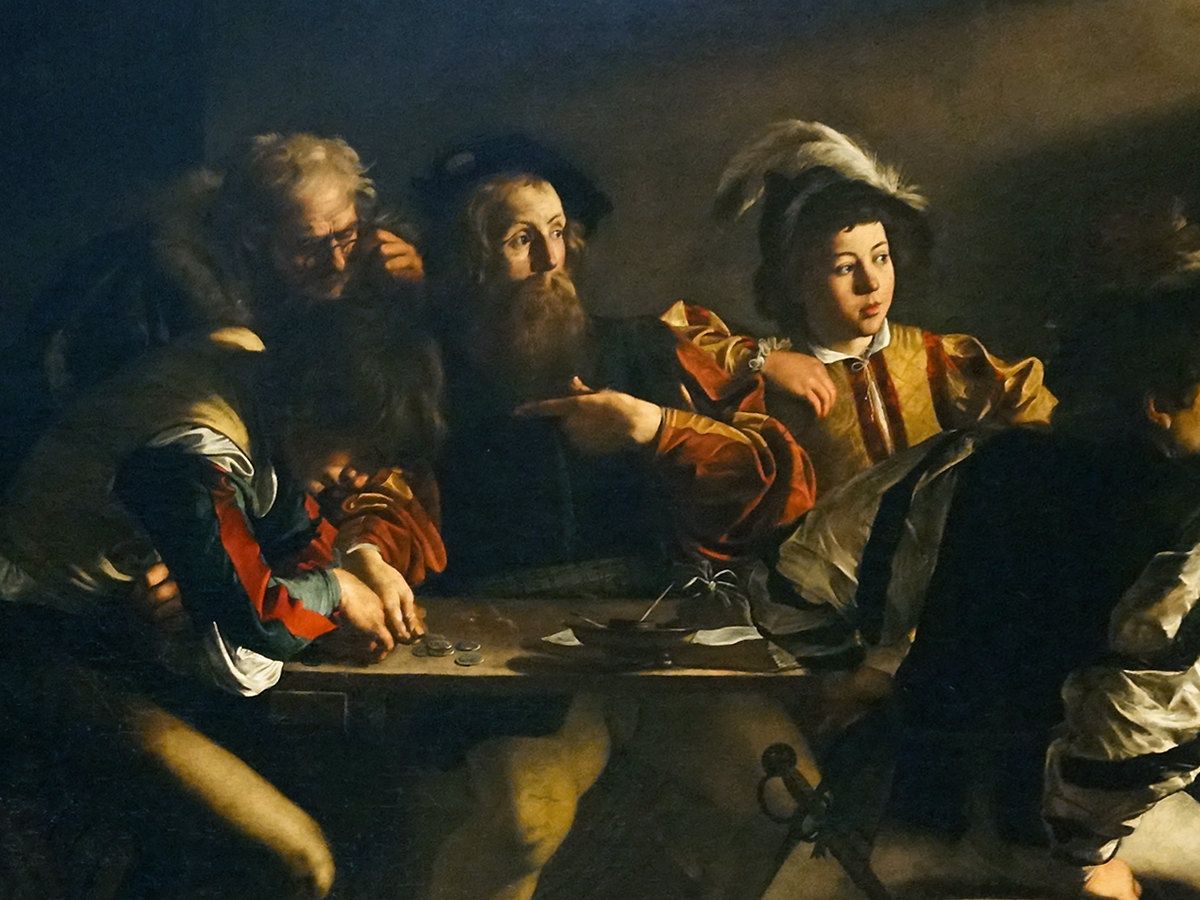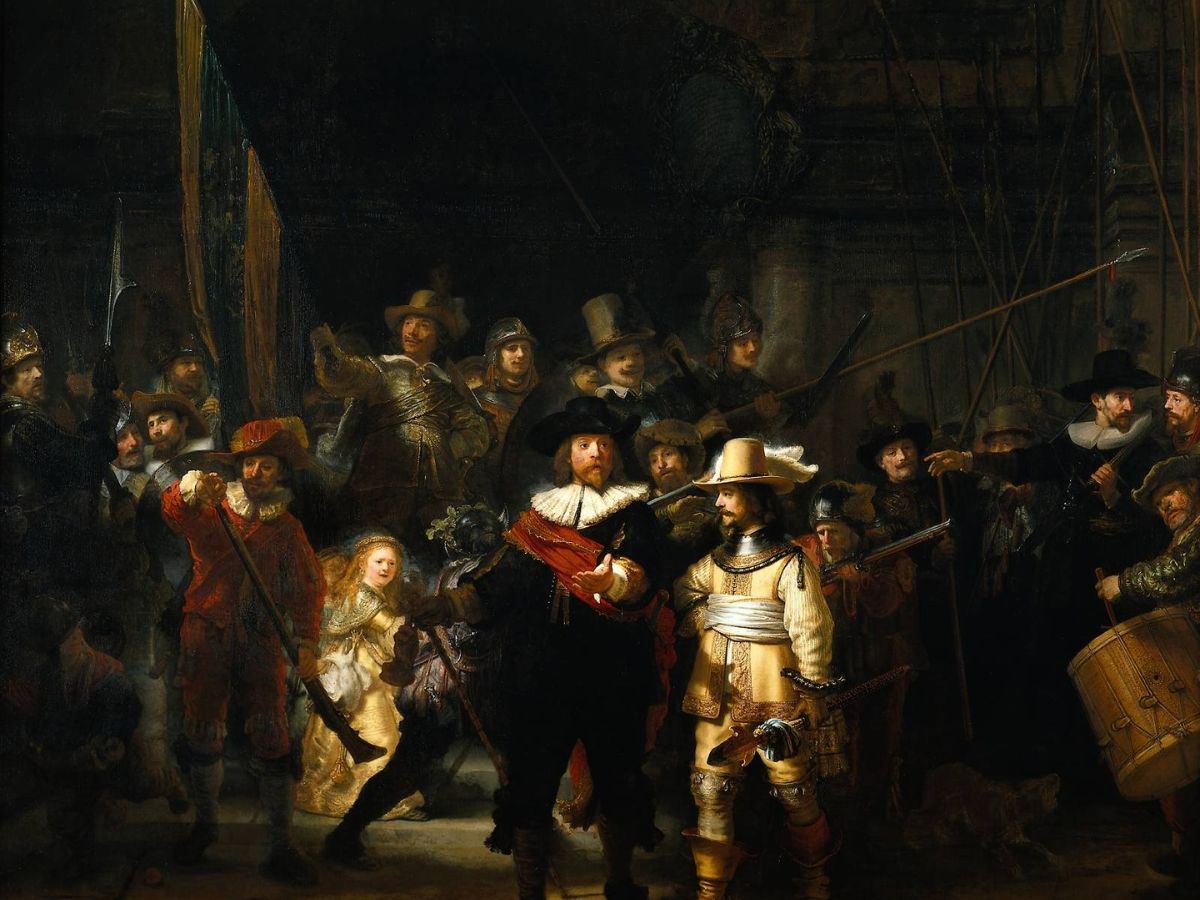
Chiaroscuro on Canvas: Techniques for Light & Shadow
Chiaroscuro, the art of light and dark, is more than just a dramatic effect. It’s a powerful way to bring realism, depth, and emotion to your canvas. Whether you’re a beginner or a seasoned painter, this guide breaks down the essentials of chiaroscuro in a natural, approachable way.
What Is Chiaroscuro?
Chiaroscuro (jee-AH-roh-SKUR-oh) comes from Italian—chiaro meaning light, scuro meaning dark. It describes bold contrasts that sculpt forms and create atmosphere. Masters like Caravaggio, Rembrandt, and Vermeer used it to draw viewers into their scenes with dramatic lighting.

Why Use It on Canvas?
- Adds depth. Sharp light and dark areas make flat canvases feel 3D.
- Evokes mood. Deep shadows can feel mysterious, suspenseful, or introspective.
- Focuses attention. Our eyes move to the brightest spots so it’s a powerful tool to highlight your main subject.
Basic Tools & Materials
- Medium: Oil is ideal for blending values. Acrylic works too if you build layers fast.
- Light source: Set up a single, directional light—natural or artificial—to cast clear shadows.
- Surface: Mid-tone canvas or gessoed board helps you paint darks and lights more effectively.
Chiaroscuro Techniques: Step by Step
- Plan your values. Sketch the main light-to-dark structure—highlights, mid-values, shadows, deepest darks.
- Block in tones. Lay down broad shadow and light areas before adding details.
- Control edges. Use crisp edges at focal points and soft edges elsewhere to guide the eye.
- Layer and blend. Build mid-tones gradually; finish with tight highlights to bring volume.
- Adjust color temperature. Warm tones for light, cool for shadows enhances dimensionality.

Historical & Contemporary Examples
- Caravaggio used dramatic tenebrism—almost black backgrounds with spotlighted subjects—to create emotional drama.
- Rembrandt balanced soft transitions and warm glows, especially around the face like “The Night Watch.”
- Modern artists like Jeremy Mann and Alyssa Monks use chiaroscuro to heighten atmosphere and emotional intensity in contemporary works.
Tips & Reminders for Practice
- Start small. Try a monochrome study.
- Photography helps. Shoot your setup and increase contrast to guide your painting.
- Critique from a distance. Step back to spot uneven lighting or edge issues.
- Experiment with multiple light sources. Soft additional lights create complexity and mood.
Chiaroscuro turns a flat canvas into a stage of light and shadow. When used thoughtfully, it adds emotional weight, depth, and focus. Start simple, observe light carefully, and continue experimenting.